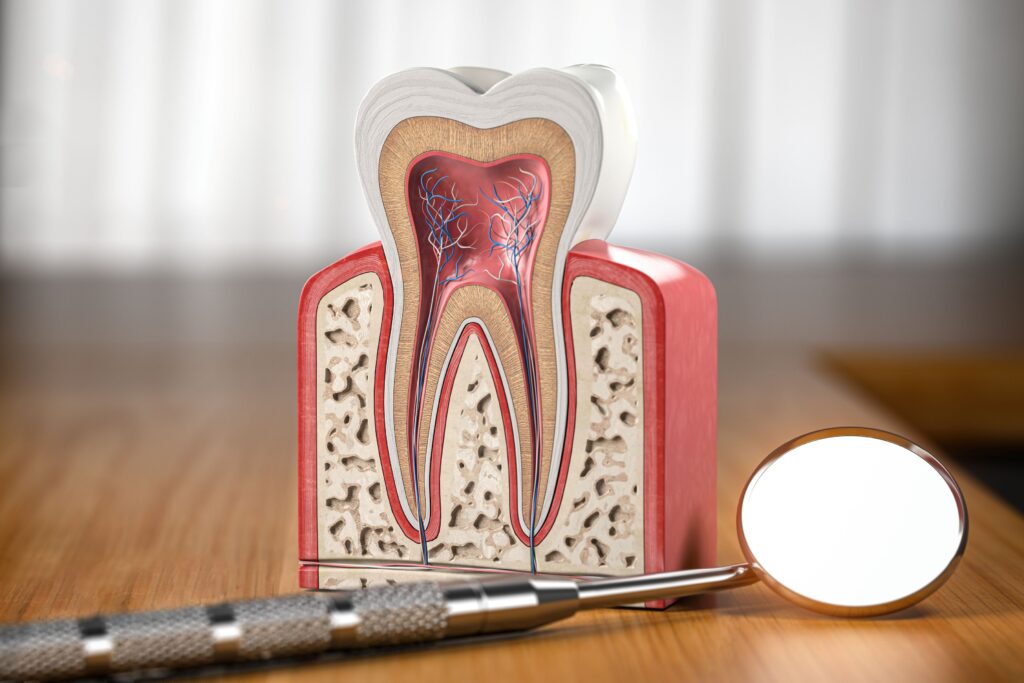
Hearing that you need a root canal can be intimidating, but choosing to delay or ignore this crucial dental treatment can have serious consequences. Root canal therapy is designed to save a severely infected or damaged tooth. Without it, the issue won’t go away on its own. In fact, it will likely get worse over time, leading to pain, tooth loss, and even systemic health problems.
Here’s what can happen if you don’t get a root canal when your dentist recommends one.
(more…)


